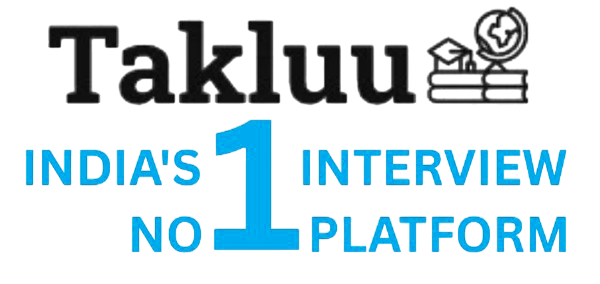Ques:- How do you use preprocessor directives in ARM Compiler
Asked In :-
QUALYS SECURITY TECHSERVICES, Tredence Analytics Solutions, NSOFT SOLUTIONS, FUTURISM TECHNOLOGIES PVT, E2E Networks, Raykor Technologies, CropIn Technology Solutions, GreyOrange, Ascentx Software Development Services, Healthians,
Right Answer:
In ARM Compiler, you use preprocessor directives by starting a line with a `#` symbol. Common directives include `#define` to create macros, `#include` to include header files, and `#ifdef`/`#ifndef` for conditional compilation. For example:
```c
#define MAX_SIZE 100
#include "myheader.h"
#ifdef DEBUG
// Debugging code here
#endif
```
In ARM Compiler, you use preprocessor directives by starting a line with a `#` symbol. Common directives include `#define` to create macros, `#include` to include header files, and `#ifdef`/`#ifndef` for conditional compilation. For example:
```c
#define MAX_SIZE 100
#include "myheader.h"
#ifdef DEBUG
// Debugging code here
#endif
```

